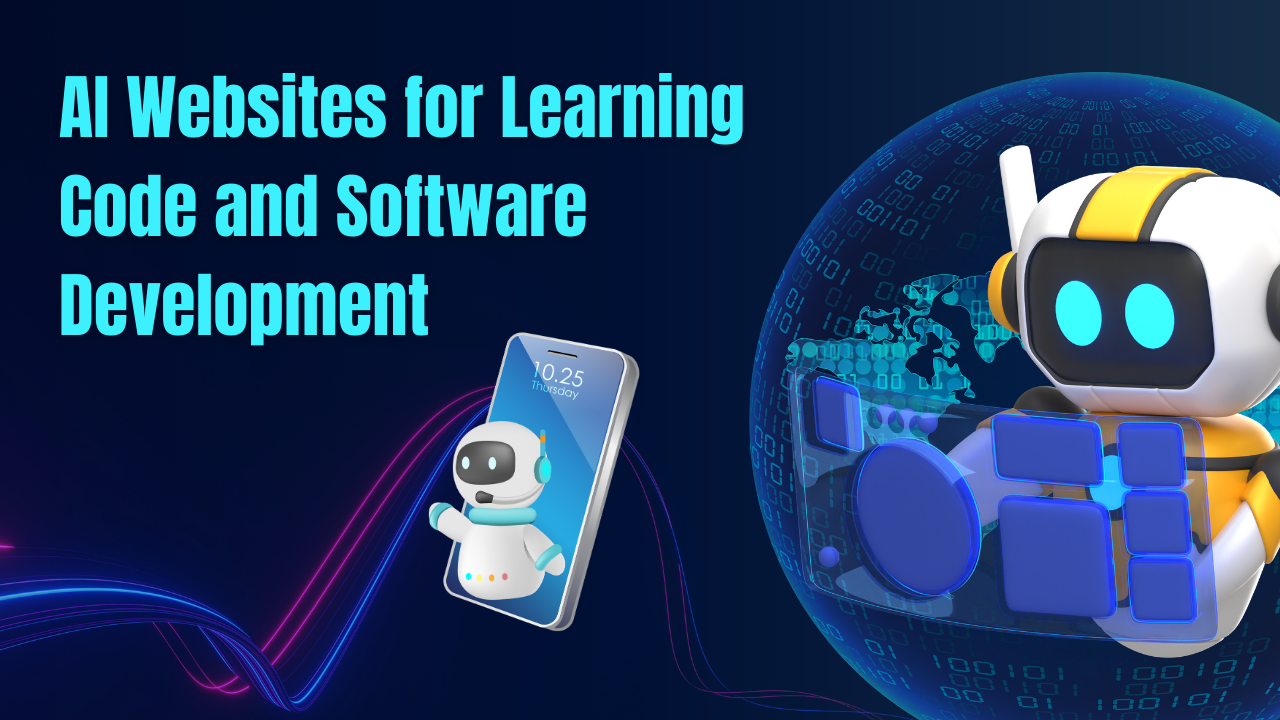
virtual reality Technology
virtual reality (VR) is changing how we experience the world, offering vivid encounters that obscure the line between the virtual and the genuine. VR technology is presenting new possibilities for gaming, education, and professional training. Let’s take a look at the impact and potential of virtual reality and dive into its fascinating world.
VR has the potential to change how we interact, learn, and entertain ourselves because it can transport users to completely new environments. The potential applications are huge, from reenacting risky errands for safe preparation to making social virtual spaces for individuals to all around the world interface. Let’s take a look at the impact and potential of virtual reality and dive into its fascinating world.
How does virtual reality work?
The technology known as virtual reality allows users to interact with a simulated environment that appears to be real or physical. This is commonly accomplished utilizing VR headsets and other tactile gear that track developments and give input.

Since its infancy, virtual reality (VR) has come a long way. The excursion started with straightforward test systems and has advanced into modern frameworks that offer exceptionally vivid encounters. The present VR innovation incorporates progressed headsets, movement following, and haptic criticism gadgets, making the virtual world more captivating and intelligent than any other time in recent memory.
VR’s applications Gaming and Entertainment Gaming is one of the most common uses for virtual reality. Players can step into the game world, interact with characters, and experience the action firsthand through VR gaming, which provides an immersive experience. VR is also used in interactive storytelling, 3D movies, and virtual concerts, in addition to gaming.
Education and Training
Education and Training VR’s interactive learning experiences are revolutionizing education. Understudies can investigate verifiable locales, lead virtual science examinations, and even practice complex techniques in a protected, recreated climate. In proficient preparation, VR is utilized for recreation in fields like medication, aeronautics, and military preparation.
Healthcare VR

Healthcare VR is used for everything from pain management and physical therapy to training surgeons and treating mental health conditions in the healthcare industry. VR therapy has the potential to assist patients in overcoming phobias, reducing stress, and even recovering from traumatic events.
Land and Engineering
VR permits likely purchasers to take virtual voyages through properties, regardless of whether they are a huge number of miles away. Planners use VR to imagine their plans, making it simpler to recognize issues and make upgrades before development starts.
Challenges and Prospects for the Future Although virtual reality technology has made significant progress, it still faces obstacles like motion sickness, high prices, and the need for more high-quality content. In any case, what’s to come looks encouraging with persistent headways in innovation, making VR more open and improving its applications across different fields.
With its immersive and engaging experiences, virtual reality technology is changing the way we interact with digital environments. From gaming and instruction to medical care and land, VR is opening up additional opportunities and molding what's in store. The impact that virtual reality (VR) has on our lives is only going to get bigger as technology advances.
For more information and to enhance your online presence, visit DOnline360, a digital communication agency offering comprehensive services including web design and development, digital marketing, SEO, content creation, and social media management. DOnline360 focuses on creating visually appealing, functional, and user-friendly websites tailored to their clients’ needs.
FAQs
1. What is virtual reality (VR)? Virtual reality (VR) is a technology that creates a simulated environment, allowing users to interact with it in a seemingly real or physical way using VR headsets and other sensory equipment.
2. How has VR technology evolved over the years? VR has evolved from simple simulators to sophisticated systems with advanced headsets, motion tracking, and haptic feedback devices, providing highly immersive experiences.
3. What are the main applications of VR? VR is used in gaming and entertainment, education and training, healthcare, real estate, and architecture. It offers immersive experiences for gaming, virtual tours, interactive learning, professional training, and therapeutic treatments.
4. How does VR benefit education and training? VR provides interactive and immersive learning experiences, allowing students to explore historical sites, conduct virtual experiments, and practice complex procedures in a safe, simulated environment.
5. What are the uses of VR in healthcare? VR is used for pain management, physical therapy, training surgeons, and treating mental health conditions like phobias and PTSD. It provides therapeutic experiences and safe training environments for medical professionals.
6. How is VR used in real estate and architecture? VR allows potential buyers to take virtual tours of properties and helps architects visualize designs, identify issues, and make improvements before construction begins.
7. What are the challenges faced by VR technology? Challenges include motion sickness, high costs, and the need for high-quality content. Overcoming these hurdles is crucial for wider adoption and enhanced user experiences.
8. What is the future of VR technology? The future of VR looks promising with continuous advancements making it more accessible and expanding its applications. VR is expected to further integrate into various industries, offering innovative solutions and experiences.
9. Can VR cause motion sickness? Yes, some users may experience motion sickness when using VR due to the disconnect between visual movement and physical sensations. Improving VR hardware and software can help reduce this issue.
10. How can I get started with VR? To get started with VR, you’ll need a VR headset compatible with your device (PC, console, or smartphone). Explore available VR apps and games, and start with beginner-friendly experiences to get accustomed to the technology.






